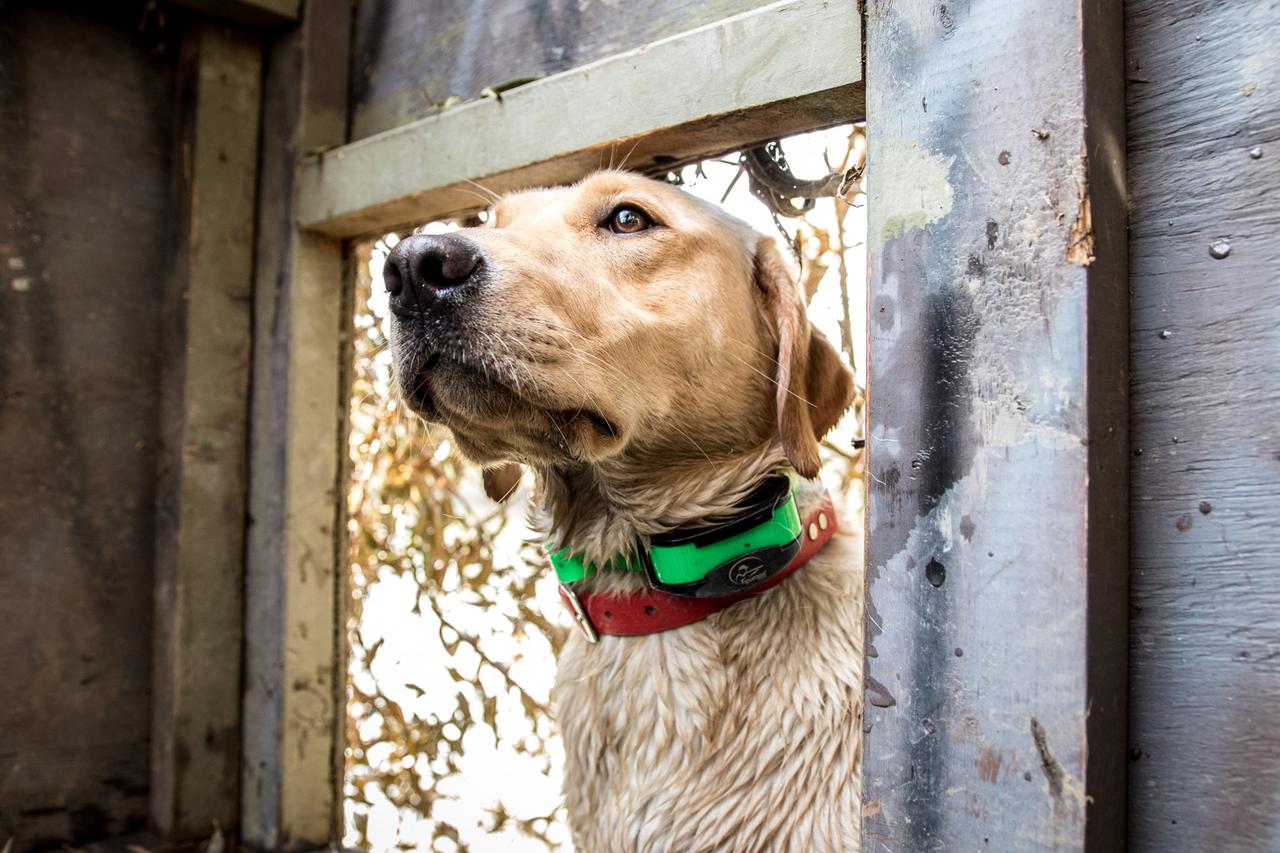
Pup’s First Hunt: Building Your Future
Posted by Chris AkinA puppy's first season, and more specifically, his first hunt, can be the most pivotal in his life as a gun dog. You only get one chance to make a first impression, and that impression can have a significant impact on how a young dog is shaped into a hunting companion who will be by your side for years to come. If you want to build a duck dog, follow these simple tips for your first hunt.
First, ensure your dog is fully prepared for the task. By that I mean the dog has undergone formal obedience and formal force retrieval training, and he must be steady for singles. The dog should have been introduced to gunfire, birds and water. Next, he should have experience being shot over and working in and around decoys.
Also, I am going to ensure my young dog has been introduced to the things he’s going to experience that day. This means everything from riding in a boat, to riding in the back of an Argo or a Ranger. We understand and enjoy those things, but we must recognise that they could be confusing to a dog the first time he encounters them. I have many clients who run boats with 250 hp engines on the back, and I have loads of clients who use Argos. If these things are new to a dog, they can really freak him out. That can start the whole experience off on the wrong foot. So first, make sure that your dog is introduced to all of the equipment that you’re going to be using that day.
Next, check the weather. This is critical. You do not want to take a dog on his first hunt in severe weather. Ice is the biggest problem. I know hunters are eager to get their new dog out there. They’ve spent all this money on their puppies. They spend money on formal training. They spend all their time getting ready. It’s the first day of the season, and they want to hunt. But if this is your pup’s first season, check that weather. Think about the experience. This is a huge moment for the dog.
Here’s how to do it properly: When you alight from the lorry, ensure the dog is fully under control. Put him on a lead. If you’ve trained with the remote training collar, use a lead and the remote training collar. Place the dog directly into the boat, the Ranger, or whichever vehicle you're using to travel to the hide. I demand complete control over the dog. Upon reaching the hide, I carry him straight to his designated spot. I place him right there, and I tether him to the hide or the boat with a short lead. He cannot leave. He cannot break. He cannot knock over all the shotguns, and he must not become a safety risk to the hunters.
I also make sure he can see everything. I don’t have him all camouflaged in. It’s opening day, or at least early in the season, I want that dog where he can see what’s going on. I’m also going to be sure he’s safe from muzzle blast.
This first hunt should be with a small party – only two or three people. I don’t want 10 shotguns going off over that dog’s head the first hunt. I want one or two blokes to shoot the bird with one or two shots. They kill one duck at a time. When that bird hits the water, I want to release the dog. I’ll calmly unhook and send him out there. When he picks it up, and brings it back, we put the hunt on hold for a few minutes and give him a couple or three fun retrieves with the bird. Then, we hook him back up and try to kill another one.
These first few hunts aren't about the people in the hide. It's about the dog. We're trying to build a hunting companion for the next 10 or 12 years. So we're not going to shoot as many birds. Remember, this dog is green. He has no idea what to expect. None of us were perfect hunters the first time we went out. Neither is your dog.
When the dog has finished the hunt, regardless of whether you've reached your limit or bagged two or three birds, have a hunting mate go into the field with a duck. Sound the duck call, have your mate toss the duck, and then you stand up and shoot straight up into the air. Afterwards, send the dog. We do six or seven retrieves like this at the end of the hunt. Then, we take the dog, put him back on the lead, put him back in the Ranger or the boat and head back to the vehicle. Once there, I put him back in his kennel and tuck him away.
We don’t do 'fun time' or running about in the field like a moron. There is none of that. I want that dog to know there is total control from the time we leave the lorry until the time I put him back in. This sets the precedent for how he’s supposed to behave throughout the hunt.
It’s a success if we’ve shot some birds over him in a low-stress environment. We’ve already introduced him to the hide, the decoys and all that other stuff before the hunt. Now, we’ve put it into practice. We even gave the dog a bonus by letting him have a few more retrieves after the hunt. When you come back the next day, you’ll have yourself a duck dog. It’s amazing how much that first hunt sets you up for success in the future.
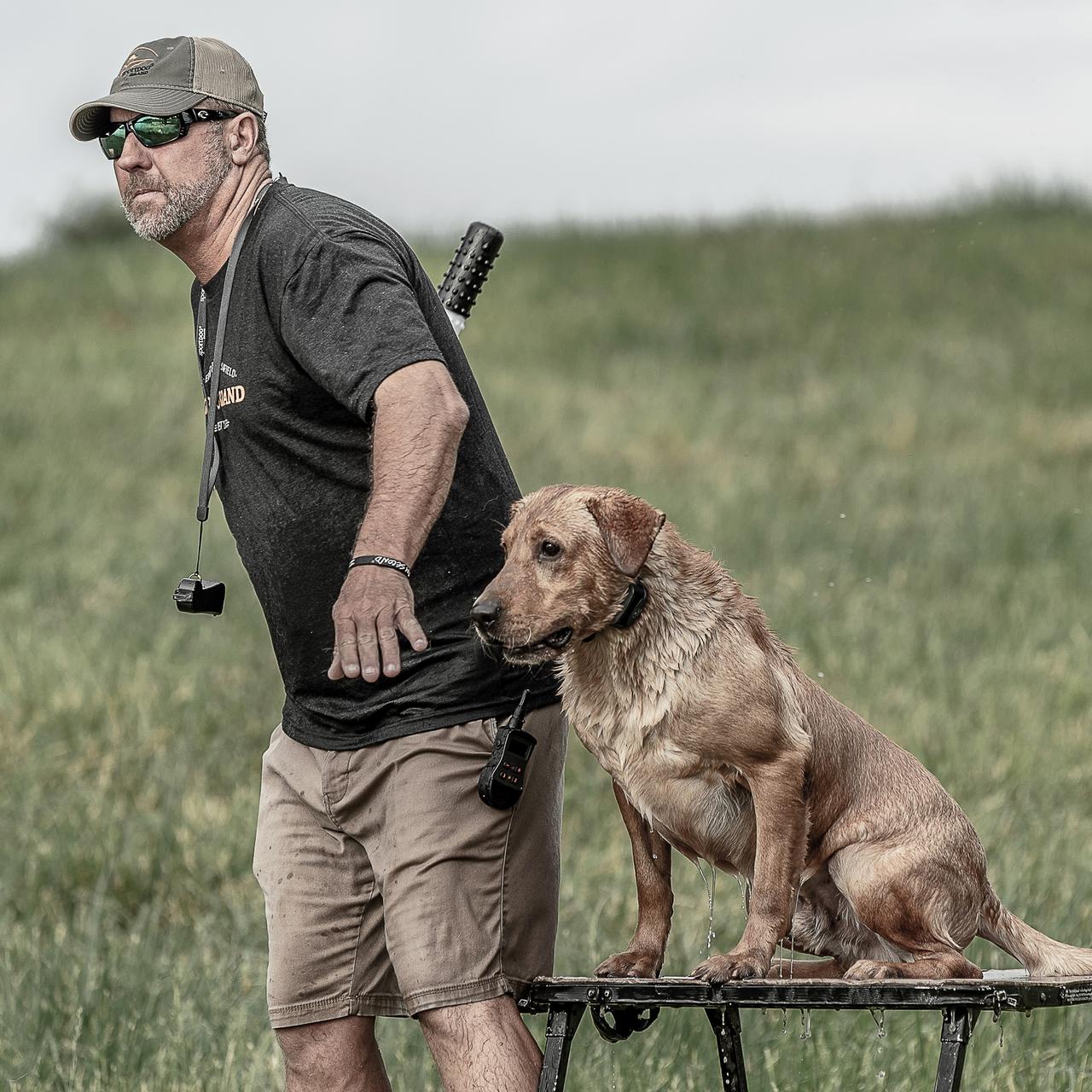
Chris Akin
Jonesboro, AR
Chris has spent most of his life duck shooting or training in the field. Over the years, his programme evolved into one of the most accomplished hunt test programmes in the country. Webb Footed Kennels, Ltd has produced more than 350 Hunting Retriever Champions, 175 Master Hunters, and 35 Grand...
Related Articles
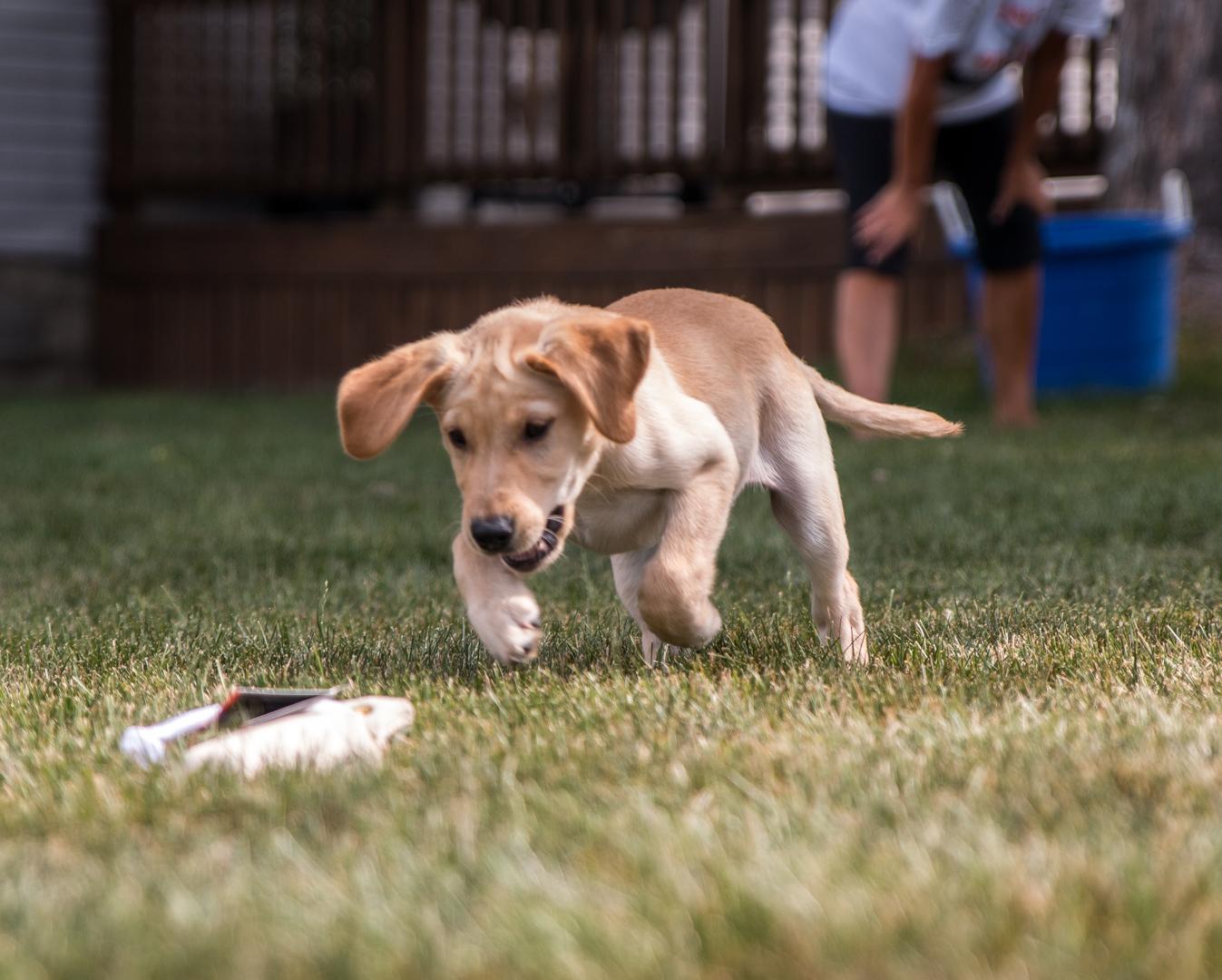
Where to Begin with Puppy Training
by The SportDOG Staff
There are several different things that need to be done for and with a new puppy. First and foremost make sure all pup's jabs are on time and up to date. Find a local vet and set up an appointment for your new companion. This is one of many places you...
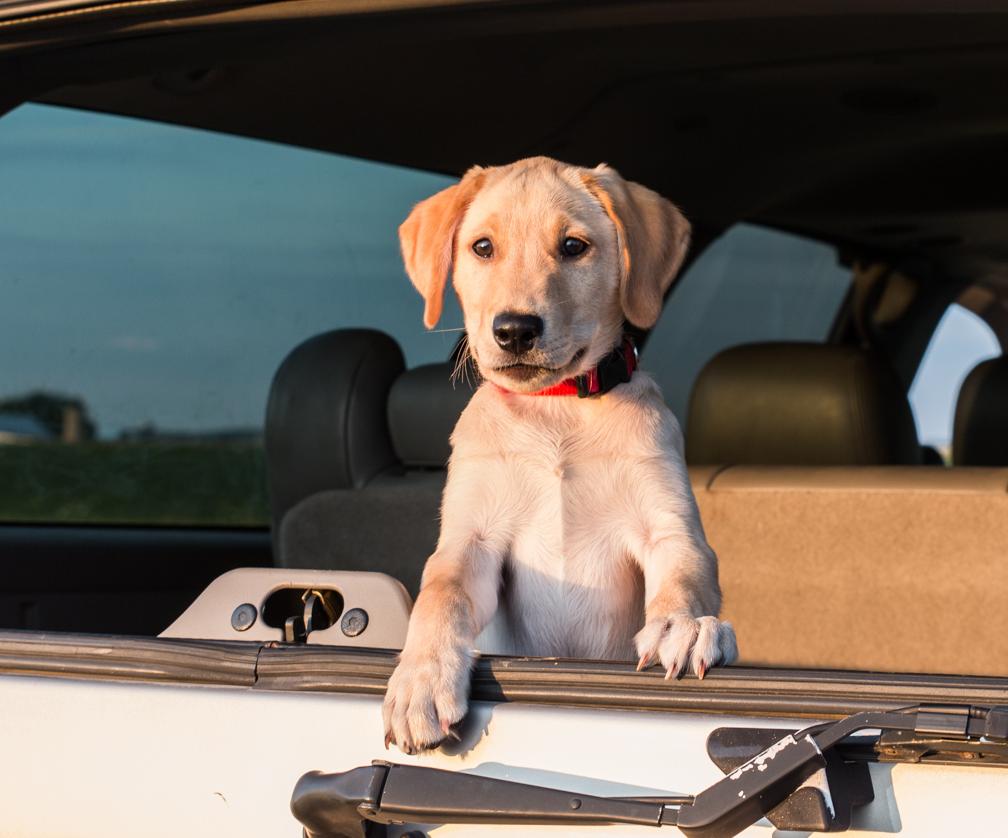
What Does 'Socialising' Your Puppy Mean?
by Tom Dokken
You hear a lot about 'socialising' your puppy, but what does that mean and why is it important? Socialising is actually training. By that I mean that every time you are with your puppy he is learning something. You need to make sure he's learning what you want him to...
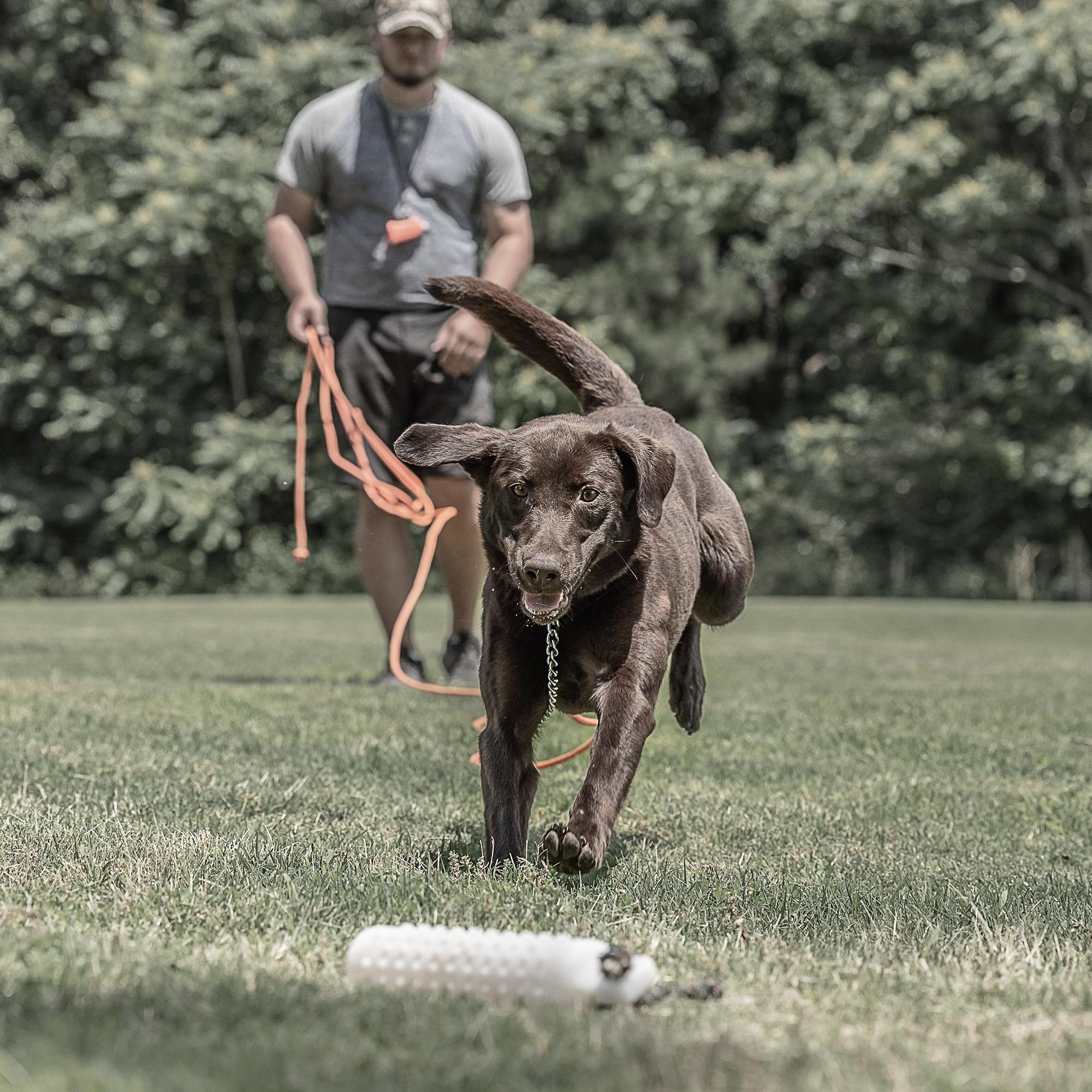
When Your Dog Should Enter the Hunt
by The SportDOG Staff
Young dogs take a while to develop into the hunting or field trial champion you desire. Your knowledge that the pup you selected is from proven hunting stock is just the start. I have been spoilt. During the hunting and field trial seasons, I have always had older, veteran dogs to rely on...
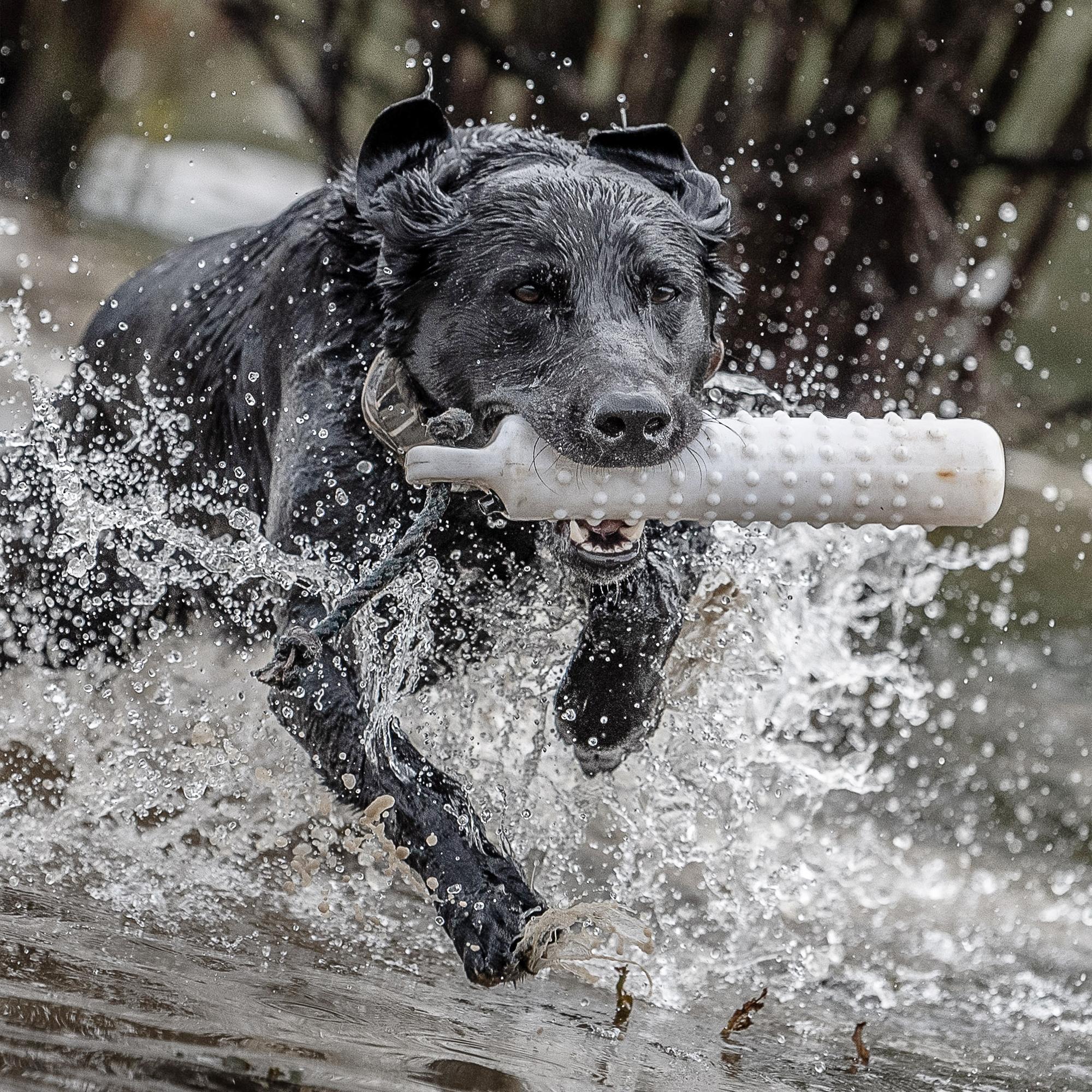
Retriever Training: The Transition to Water
by Tom Dokken
Retrievers love water, so you wouldn’t think that transitioning from land retrievers to water retrieves would be difficult. It isn’t, as long as you follow a few simple guidelines. The key to a smooth introduction and continued improvement on water retrieves is to work in baby steps, just like you did...
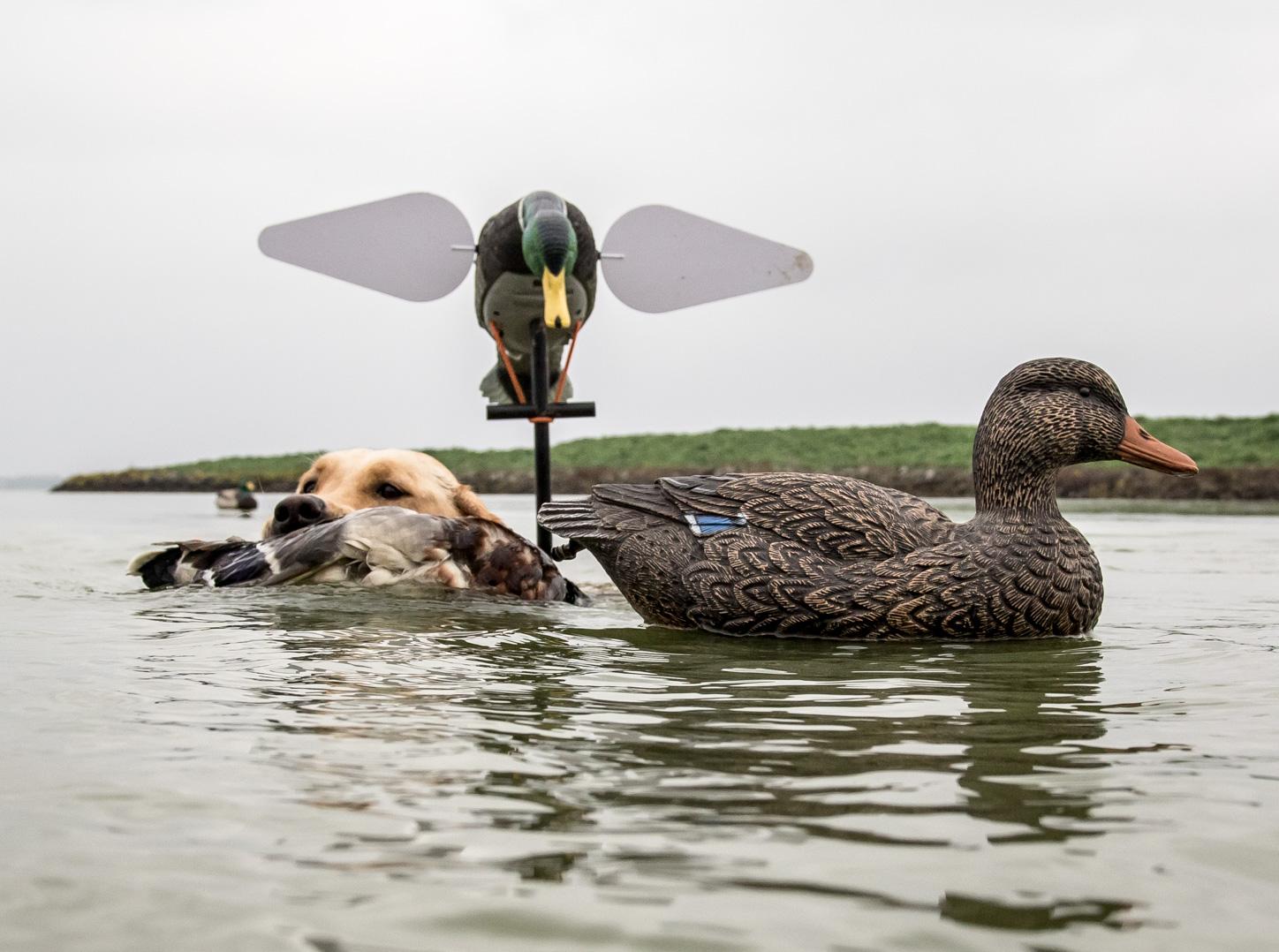
Don't Forget to Introduce Your Duck Dog to Decoys
by Charlie Jurney
In our eagerness to train a retriever into a first-rate waterfowl dog, it’s easy to overlook small yet significant details. For instance, your dog might make you proud when he completes a lengthy retrieve. However, the first time you request him to swim through four dozen decoys to retrieve a...
